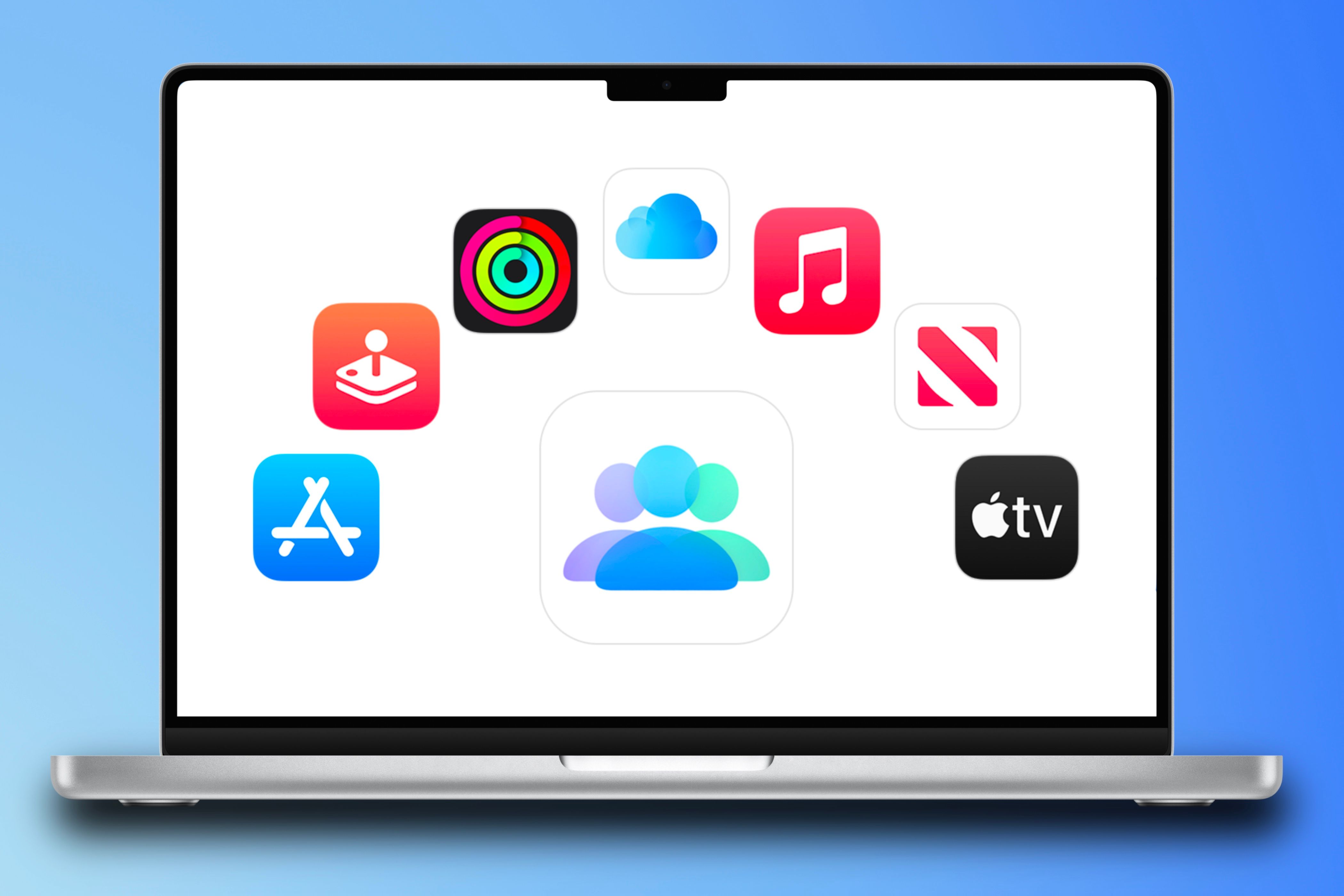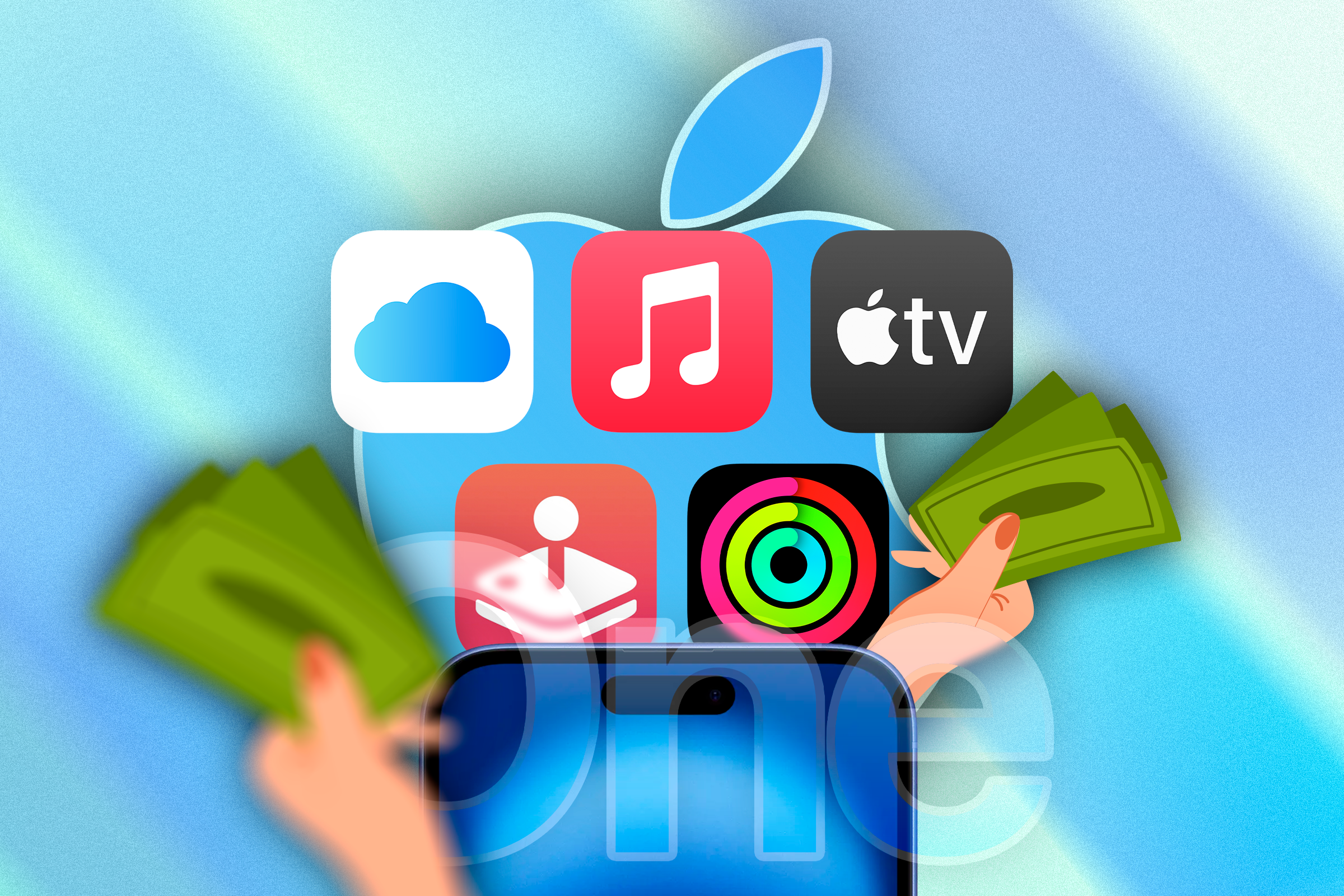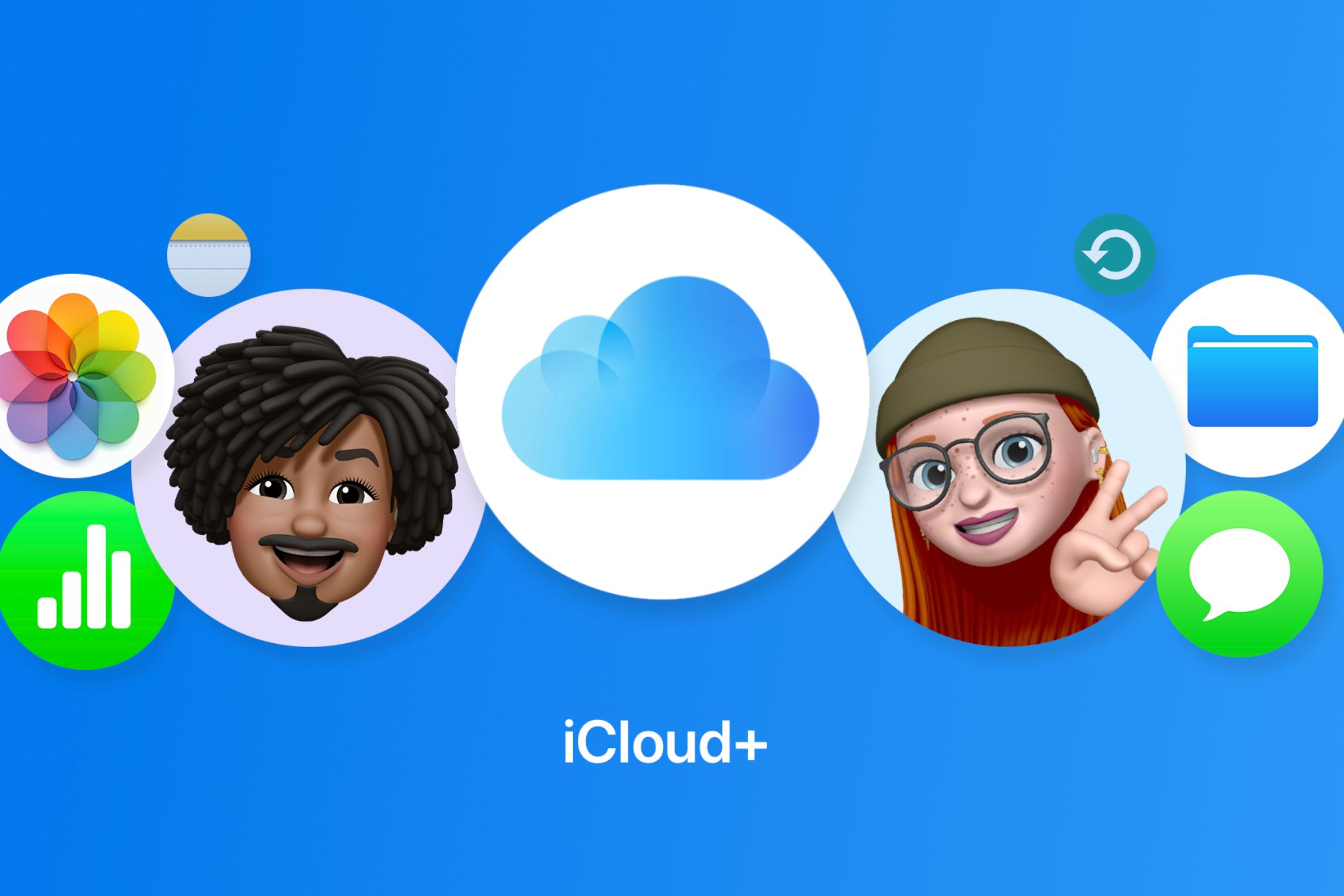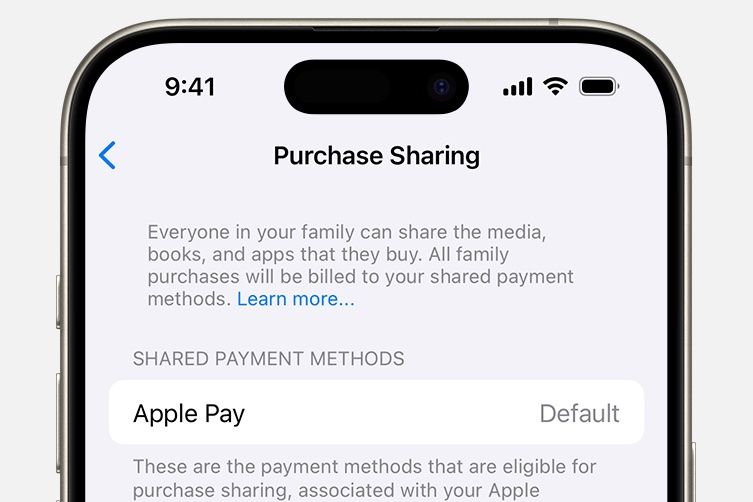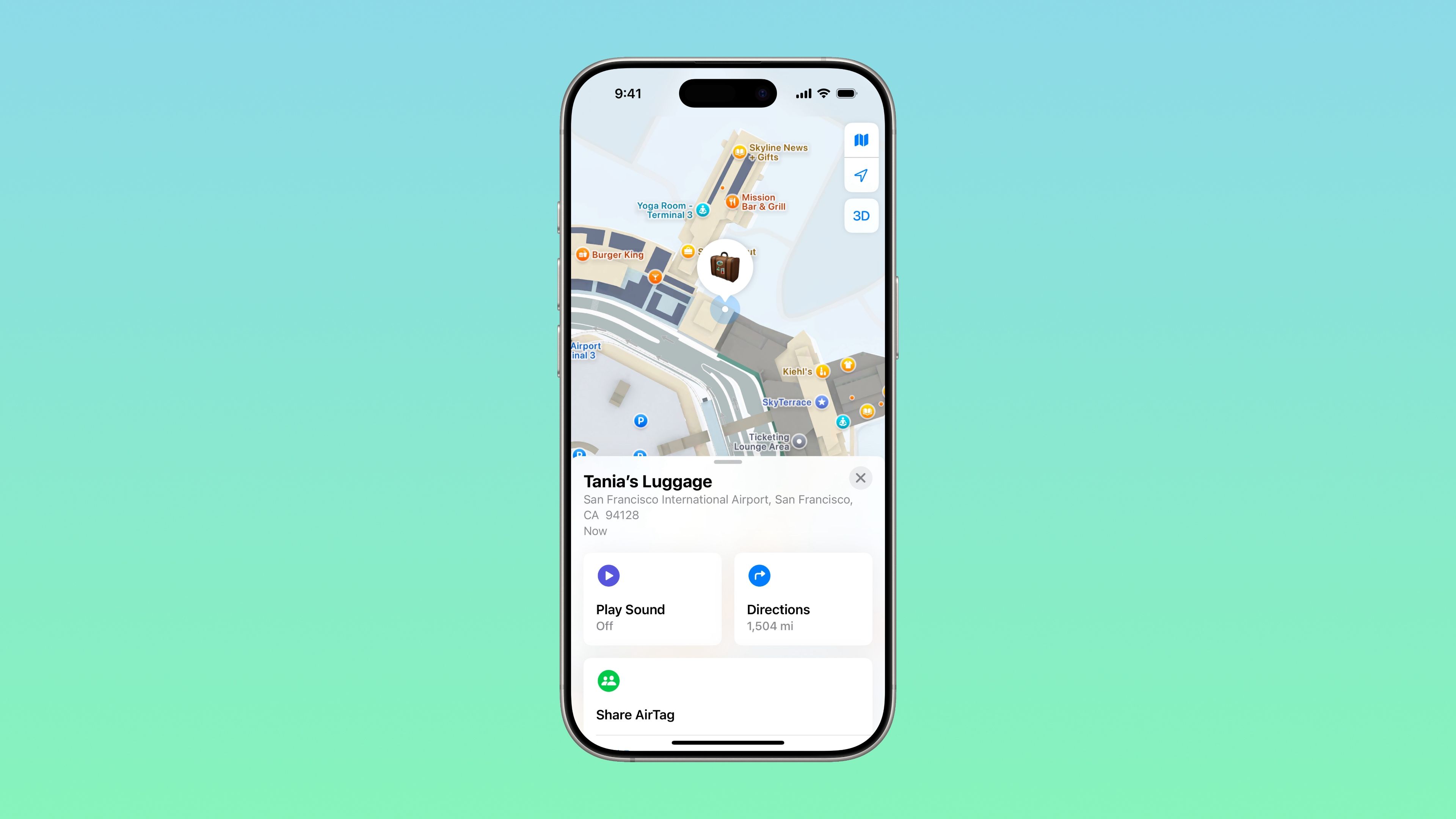Summary
- Family Sharing saves money since costs less to share Apple subscriptions compared to paying for individual plans.
- Apple One plans further consolidate subscriptions, providing additional savings and extra services.
- Family Sharing goes beyond saving money by promoting shared experiences, shared media, and enhances device tracking.
I took way too long to jump on the Apple Family Sharing train. Despite knowing about what it offers and how much money it saves, it never crossed my mind to actually commit to a Family Sharing plan until a need came up that I couldn’t ignore.
If you have brushed off Family Sharing like I did, then here is everything you need to know about how the feature can benefit you, and why I wish I had set it up way sooner than I actually did.
Why It Took Me So Long to Set Up Family Sharing
After learning about Family Sharing, I never saw myself using it: most of my Apple subscriptions were already set up for auto-pay and managed, and I never really thought of asking my family (who are predominantly Apple users) if they would consider a sharing plan.
My need arose when I realized I was paying a lot of money every month for all my subscriptions, not limited to Apple, and had to cut down a bit without losing out on the services and platforms that I enjoy using.
There was also the fact that once I started reading up more about Apple’s Family Sharing, I realized that I didn’t have to necessarily use up all the member slots that are available. I also severely overestimated the emphasis that Family Sharing places on underage Apple users, since my family plan would only consist of adults.
So, a few months back, I asked three of my family members who use Apple devices to hop on the Family Sharing train. Setting up Family Sharing is easy, free and quick. If you have a family or non-family member who does not own an Apple device, they can also take advantage of Family Sharing as long as they have an Apple account, albeit with a few restrictions.
Here’s everything that Family Sharing has helped me with, and made me realize (a little late) I could have set it up even sooner.
It’s a Great Money Saver
This is a no-brainer and the reason most people (including me) sign up for Family Sharing. My family and I predominantly share three Apple services: Apple Music, Apple TV+, and Apple Fitness+. Every month, Family Sharing for these three services costs about CA$42.97 ($30). Individually, I would’ve paid CA$ 36.97 ($25.84) each month (and so would each member of my family).
With the Family Sharing Plan, my part of the subscription comes up to only about CA$10.75 ($7.50), saving me and my family members roughly CA$26 ($18.17) each month. This helps us save a whopping CA$315 ($220) each year per person since we prefer the monthly subscription structure.
More Subscription Options
Even though we are yet to commit, my Family Sharing group and I have also considered using the Apple One Premier plan, which helps you bundle multiple Apple services (Music, Apple TV+ Fitness+, iCloud+, Arcade, News+) under one umbrella plan.
This is because we already use four of the six plans included in the Apple One Premier Plan (including iCloud+), so trying out two more new services doesn’t seem like too much of a leap, especially given my interest in News+ and my sister’s interest in Arcade for her kids.
An Apple One Premier family plan costs us CA$ 44.95 ($37.95 for the US) per month, saving us CA$ 37 (about $29) every month, and giving us up to 2TB of iCloud+ storage.
If you don’t want to commit to an Apple One Premier plan, you can always opt for the Family plan (with services including iCloud+, Music, TV+, and Arcade), which costs $25.95 a month, helping you and your family save $11 every month.
Let’s Not Forget iCloud+
Although I don’t use much of it, we have also recently started taking advantage of the iCloud+ plans, given that one of my family members consumes way too much of their Photos storage to not use an iCloud+ subscription. With iCloud+, you can pick how much storage you want to upgrade to (between 50GB and 12TB), and with each plan, Family Sharing for up to 5 members is available.
Our group uses the 2 TB plan which costs CA $12.99 ($9.99) per month, working out to roughly CA $3 ($2.50) per person. This gives me nearly 500 GB just for my usage, helping me expand my Photos storage and store more documents in the cloud rather than on my devices. It also expands storage for our shared albums and photo library, as well.
Before signing up for Family Sharing, I never thought of upgrading my iCloud plan since I don’t store many files on my iPhone (and have enough space on my Mac to not use an upgraded plan). But iCloud backup and a storage-consuming photo library pushed me to upgrade our family group’s iCloud plan, which I’ve found to be one of the best things about Family Sharing.
Managing Shared Subscriptions Is Easy
In addition to saving money, Family Sharing is useful for one more thing: managing shared subscriptions. With Family Sharing, the group organizer (who also creates the family group and invites members) can easily manage the group’s subscriptions, apps, location sharing, controls, and more through their Apple device.
This also means you can easily manage payments for all your subscriptions through purchase sharing. This lets your group organizer set their default payment method like Apple Pay, setting up auto-pay from the organizer’s account every month. As my family group’s organizer, this makes it easy for me to be responsible for subscription payments for older and younger family members who don’t feel comfortable making payments on their own or tend to forget.
While we share Apple subscriptions with Family Sharing, my family group has also started using it for shared apps. However, not all apps you might find on the App Store would be eligible for Family Sharing, since this is up to the app’s developers.
It’s More Than Just Saving Money
One thing I have discovered through my decision to start using Family Sharing is that I haven’t just been saving money: I’ve been interacting very closely with my family group through our shared media and subscriptions.
Beyond Apple Music and TV+, we have also been sharing our Apple Books library, and our Photos library, which has helped us share books and family albums virtually. The Shared Photo Library is one feature that I never expected to use as much as we do, but creating group photo folders and shared albums is a convenient way of keeping track of our shared experiences.
With Family Sharing, we have also been venturing into using a shared calendar so we can plan for future trips and dinners. This comes in handy in cases where you and your family group don’t live in the same house, like mine. A shared calendar can help your family group add times, dates, and location for an event, appointment, or important date, so all your family members can keep an eye on a future date and be informed of its details.
Beyond this, there’s also shared app subscriptions, which widens the scope of how closely you share your media, games, and apps with your family.
Keeping Track of My Devices
I am notorious for forgetting my iPhone in random places, especially when I am outside my house. This is not exactly an ideal situation to be in if I am trying to use Find My to keep track of an Apple device. With a Family Sharing plan, however, every group member can keep track of other members’ devices (and even your AirTag for vacations) through Find My.
There have been a few instances where I’ve been out with my family, and using Family Sharing’s Find My feature, I’ve easily located my phone and also kept an eye on my family’s devices in case of theft or loss.
If you have a family member under 13 years old whose device you want to be careful of, Find My can serve as an additional layer of protection, helping you keep track of their device’s location in case they lose it. This makes it double down as a security feature during emergencies.
Parental and Screen Time Controls
The parental features offered with a Family Sharing plan let you keep track of an underage family member’s screen time, and set parental controls. While my family group does not use this feature, given all the members are above 13 years old, this aspect of Family Sharing is perfect for a close family group with younger children who require supervision and protection in terms of their screen time and app usage.
Family Sharing also allows you to place a check on any payments that a child makes on subscriptions or app purchases since this would require verification from the group organizer every time they try to process a transaction.
Should You Set Up Family Sharing?
If you have family members (or non-family members) who either live in the Apple ecosystem or are loyal users of Apple subscriptions despite being devices that are not Apple, Family Sharing should definitely be on your radar for things to consider in terms of cutting costs and getting a shared media experience.
The cost breakdown also helped me understand that I don’t need to spend extra on my subscriptions, and save a few hundred dollars as a group every year. Family Sharing is something that you should definitely consider signing up for if you have a lot of subscriptions to manage (and appoint another family member as an organizer), wish to try out Apple One, or use a higher-end iCloud+ plan without absorbing the cost yourself.
Plus, given that setting up Family Sharing is completely free of cost, you can always give it a trial and stop using it if you don’t take advantage of all its features.
While I started using Family Sharing for monetary advantages, I have slowly started liking it more because of how closely my family group has started bonding through shared TV+ movies, a shared family photo album, and family playlists on Apple Music. For this reason, I also don’t see myself canceling it any time soon.


